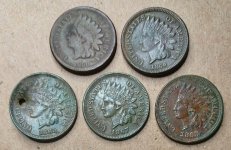KANACKI
Bronze Member
- Mar 1, 2015
- 1,445
- 5,927
- Primary Interest:
- All Treasure Hunting
Other mining activities MINA EL GUAYABO PROVINCIA DEL EL ORO
MINA EL GUAYABO PROVINCIA DEL EL ORO
kanacki
MINA EL GUAYABO PROVINCIA DEL EL ORO
kanacki




